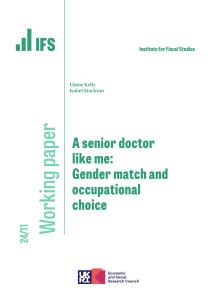In this special issues, we bring together estimates of patterns of medical spending in all nine countries considered in this issue – Canada, Denmark, England, France, Germany, Japan, the Netherlands, Taiwan and the United States. Comparing estimates across countries reveals three principal findings. First, medical spending in the calendar year of death accounts for 5–10 per cent of aggregate medical spending for the whole population and 9–20 per cent for those aged 65 and over. Spending in Taiwan is a little higher, at 16 per cent for the whole population and 29 per cent for the over-65s. Second, there is a mostly negative correlation between patient income and medical spending within all countries, except Japan and Taiwan for the over-65s and Taiwan and the US for the under-25s. Third, medical spending in all countries is concentrated in a small share of the population and is persistent over time, although the degree of concentration and persistence varies across countries.










